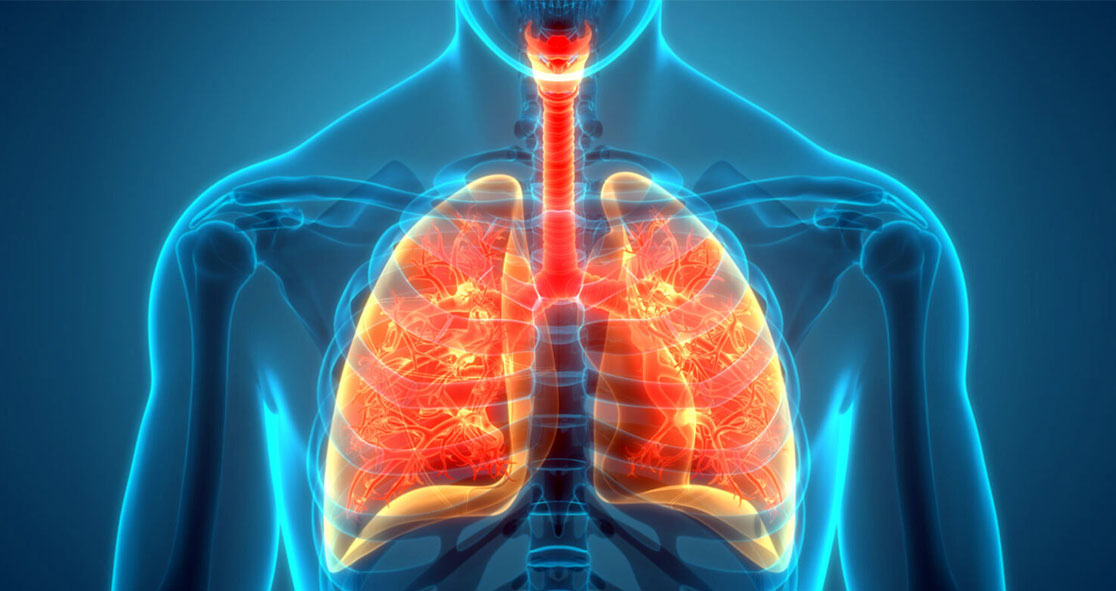Scientists at the University of Toronto have discovered hundreds of new proteins that may have a role to play in cystic fibrosis, an inherited disorder that causes severe damage to the lungs, digestive system, and other organs, according to Science Daily.
The discovery could shed light on why some patients respond better to current therapies than others.
The researchers, who published their findings in the journal Molecular Systems Biology, said most of these proteins interact with the cystic fibrosis transmembrane conductance regulator (CFTR) protein. If these proteins are missing or faulty, it could lead to the accumulation of mucus in the lungs and other organs.
The study’s principal investigator Dr. Igor Stagljar said, “We identified more than 400 proteins associated with either healthy or mutant CFTR, and have shown that some of them could predict the variability seen in patient symptoms and treatment responses.”
“With a more comprehensive view of the CFTR protein interaction network,” he added, “we can identify novel drug targets that should enable more patient-specific therapies.”
The researchers developed a new technology that allows for the screening of membrane proteins that are associated with a specific protein.
Dr. Stagljar explained, “The earlier design was array-based, and we could only screen about 200 proteins at a time. With this new technology, we’ve introduced several changes that allow us to screen thousands of protein targets simultaneously, in a pooled manner.”
The membrane proteins account for at least one-third of all proteins in cells and about 65% of all drug therapy targets.
The researchers found one promising candidate called Fibrinogen-like 2 protein, which is thought to play a role in hepatitis, liver disease, and immune function.
“We think Fibrinogen-like 2 protein is a valuable drug target for cystic fibrosis, and we’re now working with our collaborators to validate other proteins that turned up in this study and in genome-wide association studies,” noted Dr. Stagljar.
Globally, cystic fibrosis affects more than 90,000. It occurs when children inherit two mutated CFTR genes, one from each parent. This results in defective CFTR proteins on the surface of cells in the lungs, digestive system, and other organs.
Currently, doctors often advise tailor-made drug treatments based on a patient’s genetic profile. Some treatments have shown remarkable success by restoring the CFTR protein function. However, treatment response can vary, even in patients who share the same mutation.
Dr. Stagljar explained that researchers have long suspected that those variations in treatment response hinge on secondary genetic modifiers and environmental factors, but the current study strongly suggests proteins that physically associate with CFTR are one of those factors, per Science Daily.
He said, “This study represents a breakthrough in proteomics and cystic fibrosis, but it would have been impossible without our many collaborators. We developed the technology, but we’re not experts in cystic fibrosis, physiology, and other fields, so we teamed up with the best and they made it happen — that’s how science works nowadays.”























